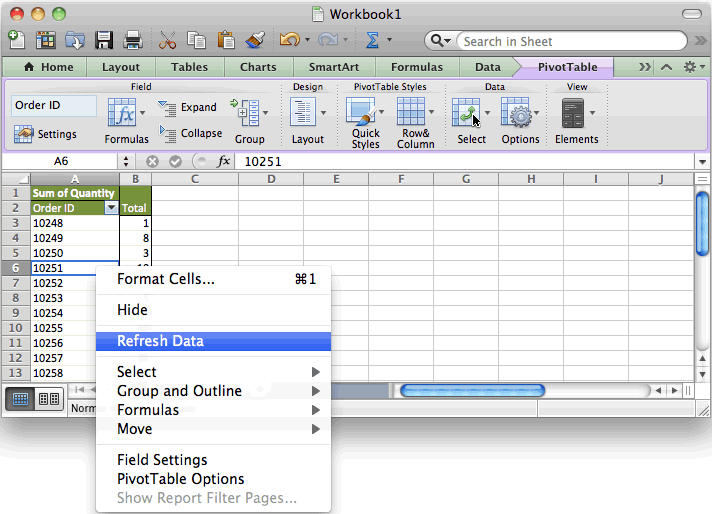

There is a template format related to each of these file types, and you can just change the extension as needed. Maybe you want workbooks to open faster, and you use XLSB. But I always use macros, so my default file type is XLSM. For people who never use macros, this is often XLSX. Once you‘ve finished customizing your workbook, you need to figure out which file type you use most often. Add it to your template, and you will never have to set it up again. Maybe you always set up a name to define the tax rate.

I‘ve just shown you some of my favorite settings. Click the Format button and choose a different input color. Would you use cell styles more often if they weren’t so ugly? Do you hate that input cells are orange? Go to Cell Styles, right-click Input, and choose Modify as shown below. When you set a pivot table default theme, it only applies to the current workbook. I like the colors from Slipstream, but I prefer the Effects from Office 2007–2010. I’ve been using 0.25-inch margins since the 1990s, and they‘re automatically set for me because I‘ve added that to my template.Ĭhoose a theme. I like narrow margins – even more narrow than the built-in Narrow margin settings. Type whatever is your company standard in the footer.Ĭreate custom margins. Use the dialog launcher in the bottom right of the Page Setup group. Leave Height set to Automatic and Width set to 1 Page.Ĭreate a custom header or footer. On the Page Layout tab, change the Scale to Fit so the Width is 1 page. Start with a blank workbook with a single worksheet.Īpply all your favorite settings. The key step is to save the workbook as a template into a specific folder with two specific names. Then, every time you create a new workbook with Ctrl+N or insert a new worksheet, the worksheet will inherit all of your favorite settings. In a few minutes, you can teach Excel your favorite settings.

There are things I do to every new workbook I create. Do you have favorite worksheet settings in Excel? I do.


 0 kommentar(er)
0 kommentar(er)
